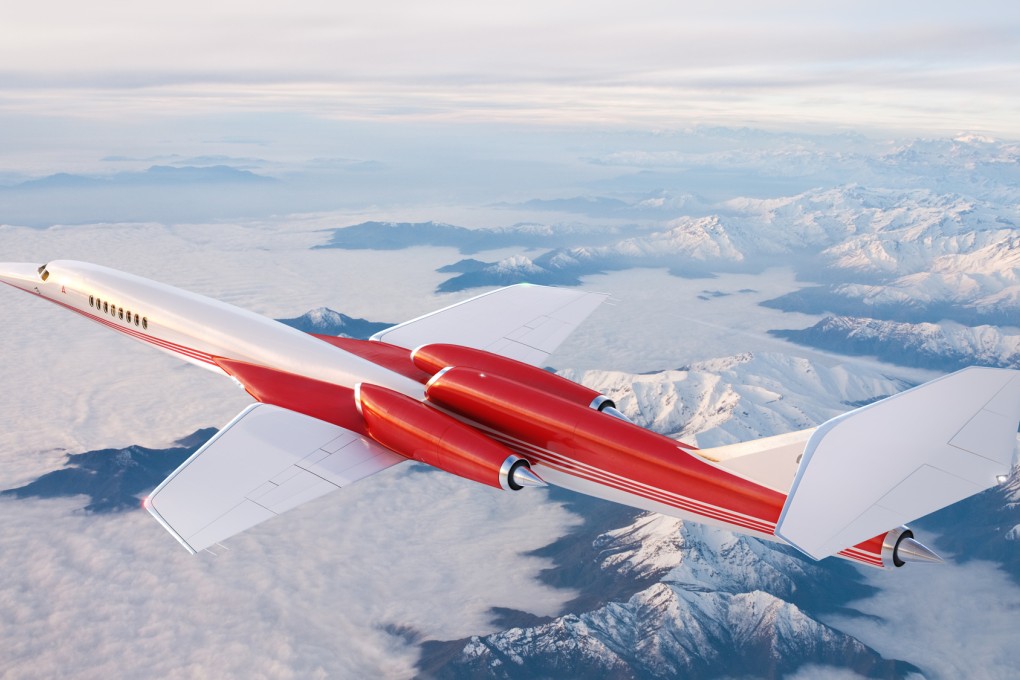Supersonic rebirth: Flexjet orders first 20 ultra-fast business aircraft from Aerion

Flexjet has ordered 20 of Aerion Corp’s planned AS2 supersonic business jets, which will make the private jet travel firm the first to offer publically available supersonic transport since the Concorde was grounded in 2003.
AS2, a planned three-engine jet that can carry eight to 12 passengers, is being developed by Aerion in collaboration with Airbus Group. It is expected to make its maiden flight in 2021 and enter service in 2023.
Flexjet, owned by Directional Aviation Capital, allows customers to buy a 'share' in a plane rather than purchasing one outright.
WATCH: Aerion's supersonic business jet, the AS2
Aerion, backed by Texas billionaire Robert Bass, plans to choose a manufacturing site during the first half of next year as it targets delivering the first faster-than-sound business aircraft in eight years.
The timeline unveiled Monday fleshes out how Aerion and partner Airbus intend to fill a niche left vacant since the retirement of the Concorde.